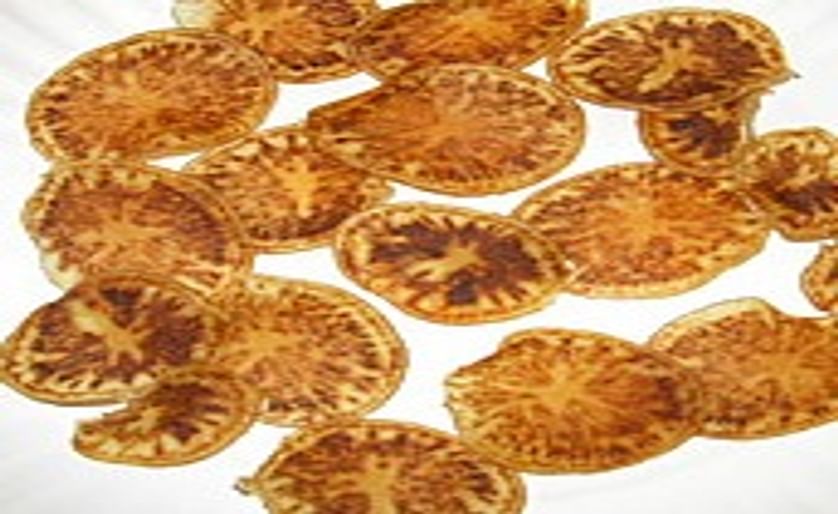A potato pest from points south has reached Idaho, University of Idaho Extension specialists with the College of Agricultural and Life Sciences confirmed this week. It was reported last month in Oregon and Washington.
There are no known health safety or nutritional problems associated with zebra chip. Zebra chip is named for the dark bands that develop in potatoes infected by the bacteria that are carried by psyllids.
The tiny cicada-like insects related to aphids are normally found in warmer regions than the Inland Northwest’s prime potato country.
A threat to potato quality for growers and processors, zebra chip can reduce the value of both fresh and process potatoes. It particularly affects processed products such as French fries and potato chips by creating darker chips and fries. The dark coloration results from changes in stored sugars that caramelize when the potatoes are processed. Potato products showing signs of zebra chip are removed before packaging due to their appearance.
The presence of zebra chip in Idaho was confirmed in Idaho by USDA Agricultural Research Service tests of samples from a potato processor. The affected potatoes were tracked to a field in Jerome County. Several confirmed reports also recently were made in Twin Falls County. Although the pest was found in several fields, the number of plants infected initially appeared low.
Intensive sampling at the Kimberly Research and Extension Center showed the insects had infected several varieties, said University of Idaho Extension potato specialist and storage researcher Nora Olsen.
“The question is whether this is an artifact of the unusual weather we had earlier this year or whether this is going to be a long-term problem,” Olsen said.
For potato growers and processors, zebra chip can present serious concerns because it will affect the quality of processed potatoes. Potatoes are Idaho’s top crop, generating an estimated $915 million in 2010, according to the USDA. Good prices and yields are expected this year.
Zebra chip has a smaller effect on markets for fresh potatoes, those baked or mashed by homeowners, Olsen noted, because the flaws are less noticeable.
For growers, zebra chip does not pose the economic threats presented by some other pests because it does not lead to field quarantines or major trade disruption. It can add significantly to their costs of production, however.
Joe Guenthner, a University of Idaho agricultural economist who specializes in potato economics, said zebra chip can cause growers in warm areas significant losses. Guenthner is a member of a research team studying zebra chip issues that was funded by a five-year, $7 million USDA grant.
“Finding a new pest is not good news for growers,” Guenthner said, “but they’re used to dealing with pests and they’ll find a way to manage it.” Idaho State Department of Agriculture, Idaho Potato Commission and University of Idaho Extension potato specialists met this week to determine the extent of zebra chip’s presence in Idaho and begin work to control it if necessary.
The potato disease was first detected in Mexico in 1994. Six years later zebra chip was found in Texas. By 2007, it was found in California, Colorado, Kansas and Nebraska, noted Phil Nolte, University of Idaho Extension seed potato specialist at Idaho Falls.
Nolte has tracked zebra chip for several years. He wrote about the potato disease and the psyllids that carry the bacteria that cause it in 2009.
“Now all that remains is figuring out how to manage the problem,” Nolte said. Weird weather or time have brought zebra chip closer to home for University of Idaho extension researchers who were already on the alert for it.
Zebra Chip Finds Its Way to Idaho’s Potato Fields






